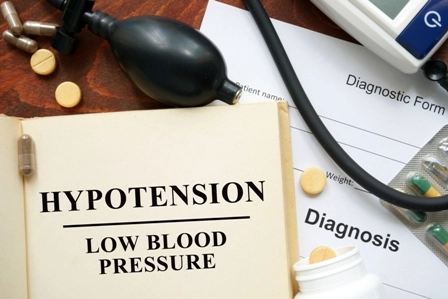Anesthesia Coding Alert
ICD-10:
Follow These 5 Tips to the Best Burn Diagnosis
Published on Wed Mar 15, 2017

You’ve reached your limit of free articles. Already a subscriber? Log in.
Not a subscriber? Subscribe today to continue reading this article. Plus, you’ll get:
- Simple explanations of current healthcare regulations and payer programs
- Real-world reporting scenarios solved by our expert coders
- Industry news, such as MAC and RAC activities, the OIG Work Plan, and CERT reports
- Instant access to every article ever published in Revenue Cycle Insider
- 6 annual AAPC-approved CEUs
- The latest updates for CPT®, ICD-10-CM, HCPCS Level II, NCCI edits, modifiers, compliance, technology, practice management, and more
Related Articles
Other Articles in this issue of
Anesthesia Coding Alert
- Procedure Coding:
Think Like a Surgery Coder When Reporting Burn Care
Anatomic site is paramount to your selection. Coding for burn care can get tricky from [...] - ICD-10:
Follow These 5 Tips to the Best Burn Diagnosis
Hint: You'll probably need an 'X' placeholder. Now that you've brushed up on how to [...] - Compliance:
Don't Let Misunderstood Acronyms Lead to HIPAA Mistakes
Be sure your staff knows these 5 common terms. Just because your providers and staff [...] - You Be the Coder:
Modifier Selection for Residents, SRNAs
Question: I’m coding for an anesthesiologist with two concurrent cases – one with a resident and [...] - Reader Question:
Report Add-on Code Gap in Anesthesia Between Labor and C/S
Question: We have different opinions in our office on how to properly report this labor and [...] - Reader Question:
Yes, You Can Code Ultrasonic Guidance With Some Line Placements
Question: Some of our doctors think they can code for ultrasound guidance with line placement. Is [...] - Reader Question:
Include Both Q6 and AA on Personally Performed Claim by Locums
Question: I know we need to include modifier Q6 for a locum tenens claim. If the [...] - Reader Question:
Steer Clear of Billing IM Injection With Additional Pain Meds
Question: We have an anesthesiologist who wants us to bill separately for an IM injection with [...] - Reader Question:
Code 00944 Might Be Best for Laparoscopic Vaginal Hysterectomy
Question: What is the best anesthesia code for a laparoscopic vaginal hysterectomy? The ASA Crosswalk lists [...] - Reader Question:
Cross Imaging Procedure 78740 to Anesthesia 01922
Question: What anesthesia code should we use for a voiding cystourethrogram (78740)? Oklahoma Subscriber Answer: Code [...] - Reader Question:
Choose Between 00400, 01260 for Sclerotherapy Anesthesia
Question: Our anesthesiologist was asked to be present during a sclerotherapy procedure on the patient’s thigh. [...]
View All




